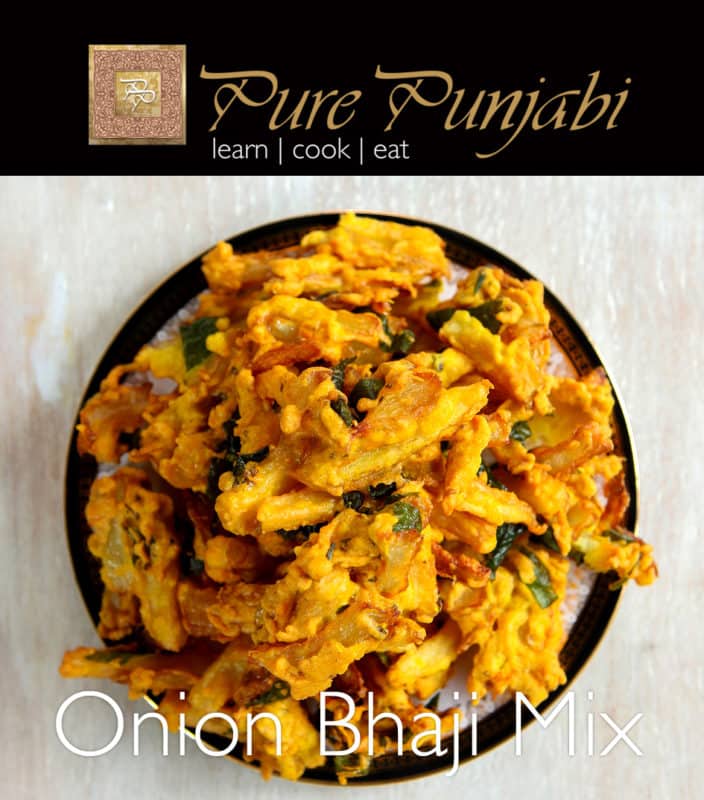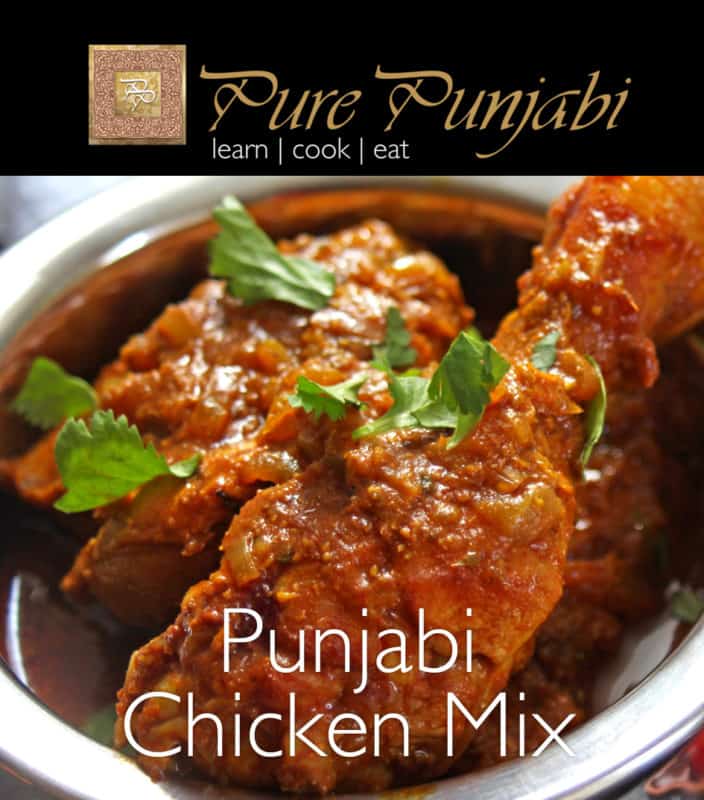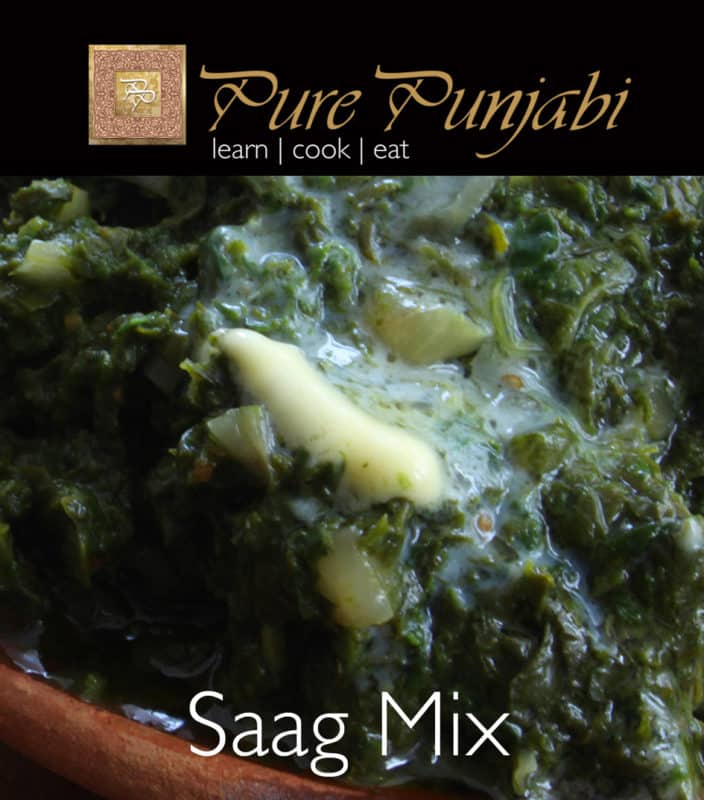Food & travel, Indian food
Fenugreek: an introduction to this lesser known spice
Fenugreek: an introduction to this lesser known spice
There are many spices, such as cinnamon, cumin and coriander seeds. The ones I have just mentioned are familiar to most people, but there are other lesser know spices, such as fenugreek, which we seldom see in western cookery and would probably never be able to identify it in a dish – by sight or taste.
Fenugreek: an introduction to this lesser know spice.
You can find fenugreek in three forms:
Fenugreek seeds | Dried fenugreek leaves | Fresh fenugreek leaves
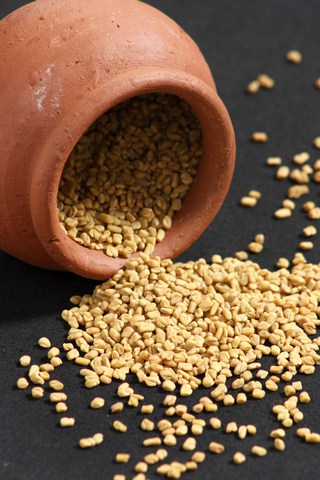
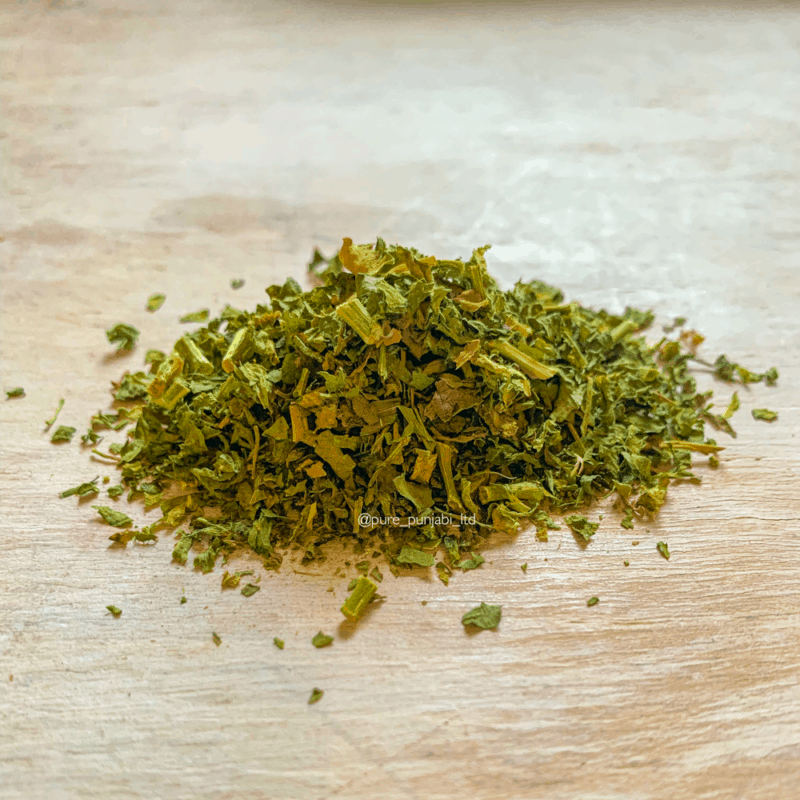
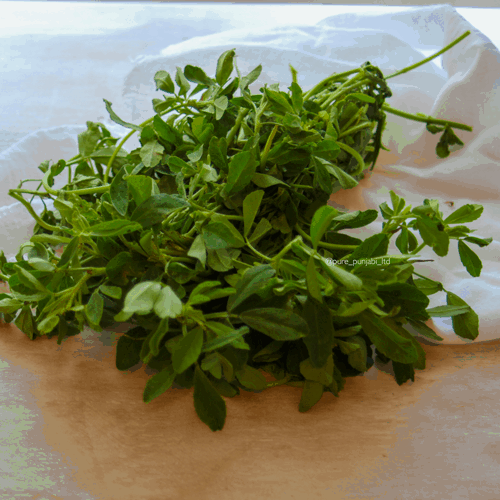
The first, fenugreek seeds, are classed as a spice, and the second two are classed as herbs.
What are the 3 most important things I need to know about fenugreek?
1. The word for fenugreek in Hindi and Punjabi is ‘methi’. In terms of pronunciation, the ‘th’ does not make and ‘f’ sound. Think of the Irish pronunciation (tanks, instead of thanks) – a heavy T – so we say methi = mai – t- ee
2. Fenugreek is released through your pores. When you eat fresh fenugreek leaves, like garlic, the odor is then released through the pores on your skin. Depending on the quantity and strength of the fresh fenugreek leaves, you will either barely notice it, or wish you could find a way to get away from yourself. If you eat fenugreek seeds or dried fenugreek you don’t really notice any odor at all.
3. The region of Kasoor (also spelt ‘Qasoor’) in Pakistan is a famous fenugreek-growing region. The climate, along with excellent soil drainage, makes it the perfect location to grow fenugreek. You will often see packets of dried fenugreek leaves
How do I use fenugreek in cookery?
The Seeds
The seeds are perfect for pickles and chutneys. If you like to preserve fruits and vegetables, fenugreek seeds are just what you need – just grind them first. They are often found in mango pickle. They are also very popular with artisan cheese makers, who often use fenugreek seeds in their flavoured cheeses.
The Dried Leaves
The dried leaves are often used in the fried flat breads ‘parathas’ (prounced parr-o-tah). Mix the leaves into the dough before rolling out the flatbreads and frying them in ghee (clarified butter).
One of the uses of dried fenugreek is in making Punjabi Pakoras/Onion Bhajis. We teach this in our ‘Indian Experience’ cookery workshop: See our Indian cookery school
The Fresh Leaves
The fresh leaves are often used in the dish ‘saag’ (mustard leaves). The original recipe coming from India was mustard leaves, fenugreek leaves and other mixed greens, and not the dish of spinach that it has now become. Fenugreek leaves really do add a delicious flavour and enhance the dish overall. They are also delicious with chicken.
We buy our fresh and dried fenugreek leaves at Asian supermarkets, where they are readily available.
We use dried leaves in our Onion Bhajis, Fenugreek seeds in our Punjabi Chicken and fresh Fenugreek leaves are used in the original Saag, which changed when our family first came to England, as they could only find spinach, and not Fenugreek and mustard leaves, which are the leafy crops grown in Punjab.

